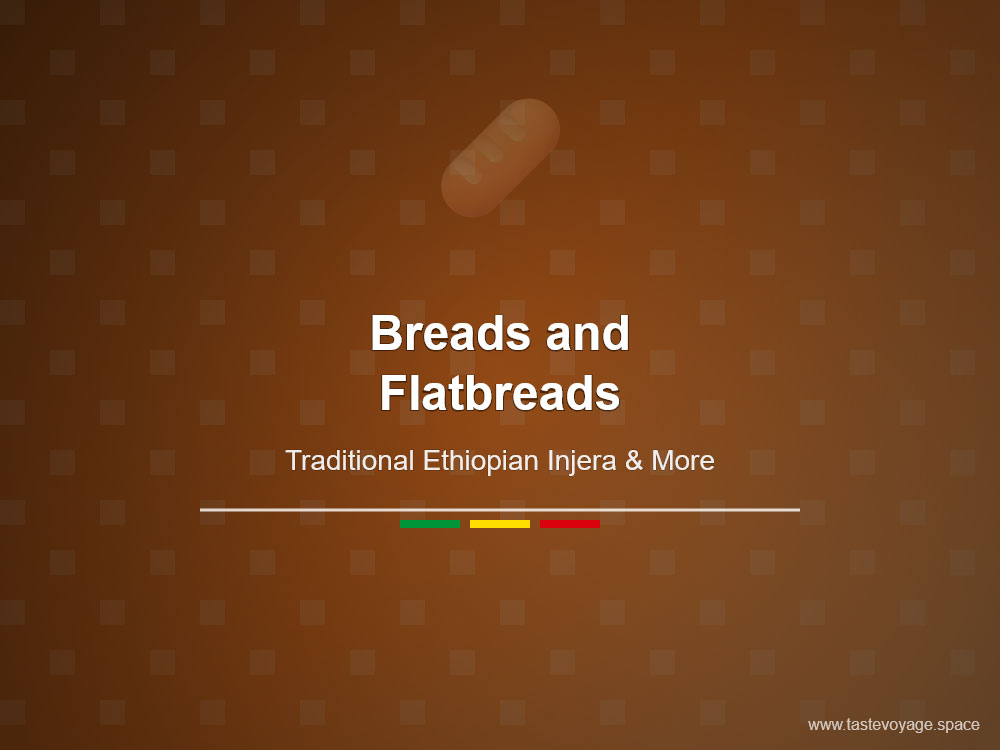Perfect Ethiopian Injera Recipe + Troubleshooting Tips
Travel the World Through Food >> Breads and Flatbreads>>Ethiopian Cuisine>> Perfect Ethiopian Injera Recipe + Troubleshooting Tips
Perfect Ethiopian Injera Recipe + Troubleshooting Tips
Discover the Cultural Richness of Ethiopian Injera
Ethiopian Injera is more than just a type of bread; it is a cherished symbol of community, tradition, and culinary artistry. With its unique tangy flavor and spongy texture, Injera holds a special place in Ethiopian cuisine. It is often served as the primary dish on which various stews and vegetables are placed, creating a vibrant and interactive dining experience. The dish embodies the warmth and hospitality that Ethiopian culture is renowned for, bringing families and friends together around the table.
The Culinary Significance of Injera
Injera is fundamentally a fermented flatbread made from teff flour, which is native to Ethiopia. Its distinctive sour taste results from the fermentation process, which can take several days to perfect. This fermentation not only enhances flavor but also boosts the nutritional value of the bread. Injera acts as both a plate and utensil, allowing diners to scoop up bits of flavorful dishes with their hands. This method of eating encourages shared experience and reflects Ethiopia’s deep-rooted social traditions.
The preparation of Injera is a precise art passed down through generations. It requires patience and a keen understanding of fermentation. When done correctly, Injera’s surface is dotted with small holes, which allow sauces and stews to seep into the bread, elevating the dining experience. Because it is gluten-free and rich in nutrients, Injera is also celebrated for its health benefits, making it a vital part of daily nutrition.
The Beauty of Ethiopian Food Culture
Ethiopian cuisine showcases a diverse palette of flavors, spices, and textures, with Injera at its heart. It unites people through its communal style of eating. Traditionally, meals are served on a large, communal platter, with Injera spreading across the surface. Various dishes—like lentil stews, vegetable medleys, and meat options—are placed on top of or alongside the bread. Diners use pieces of Injera to grab and eat their portions, fostering a sense of togetherness and shared enjoyment.
The art of making Injera is also a cultural craft. It involves a careful balance of ingredients, fermentation time, and cooking technique. Many Ethiopians take pride in their homemade Injera, which can vary regionally but remains deeply rooted in tradition. Serving Injera at a meal signifies respect, hospitality, and connection to one’s heritage.
The Role of Injera in Celebrations and Daily Life
Injera is integral to Ethiopian life, whether in everyday meals or special celebrations. It symbolizes hospitality and generosity, reflecting the welcoming spirit of the Ethiopian people. Preparing and sharing Injera is a ritual that reinforces social bonds. Its presence on the table is a sign of respect for tradition and a celebration of culinary heritage.
Furthermore, Injera’s versatility allows it to be enjoyed across all seasons and occasions. Its resilience and nutritional value make it a practical staple that sustains communities. As a cultural emblem, Injera bridges the past and present, continuously inspiring cooks and food enthusiasts worldwide.
Embracing Injera’s Culinary Heritage
Understanding and appreciating Injera goes beyond its taste. It invites us into a rich cultural tapestry that emphasizes community, tradition, and respect for ingredients. Whether you are exploring Ethiopian cuisine for the first time or seeking to deepen your culinary knowledge, Injera offers A Delicious window into Ethiopia’s vibrant food culture.
This dish exemplifies how food can be a powerful expression of identity and social connection. By embracing Injera, you partake in a centuries-old tradition that continues to bring people together, celebrating the enduring beauty of Ethiopian culinary heritage.
